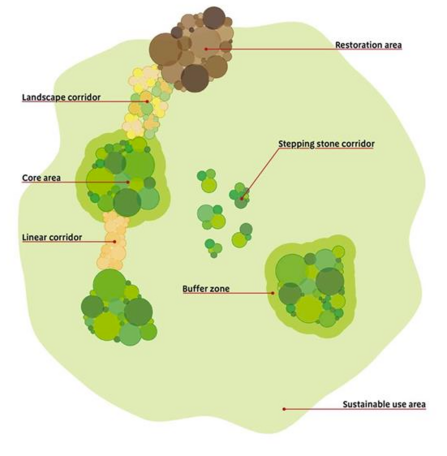Our vision is of a 40-mile-long wildlife-rich corridor, connecting the coast at Druridge Bay to the Scottish border at Kielderhead and Whitelee Moor National Nature Reserves, with the Rothbury Estate at its heart.
Wildlife Corridors need to be like our road network. We have motorways and major A roads that can handle a lot of traffic and move people quickly from one area to another. Then we have smaller B roads and country lanes that move us around locally to individual villages, houses and farms.
The Lawton Report – Making Space for Nature (2010) – suggested that wildlife sites are “too small and isolated” and that they needed to be “bigger, better and more joined up”. Core areas need to be joined up with landscape corridors, whilst also stepping stones sites can also help species move and expand their range.


